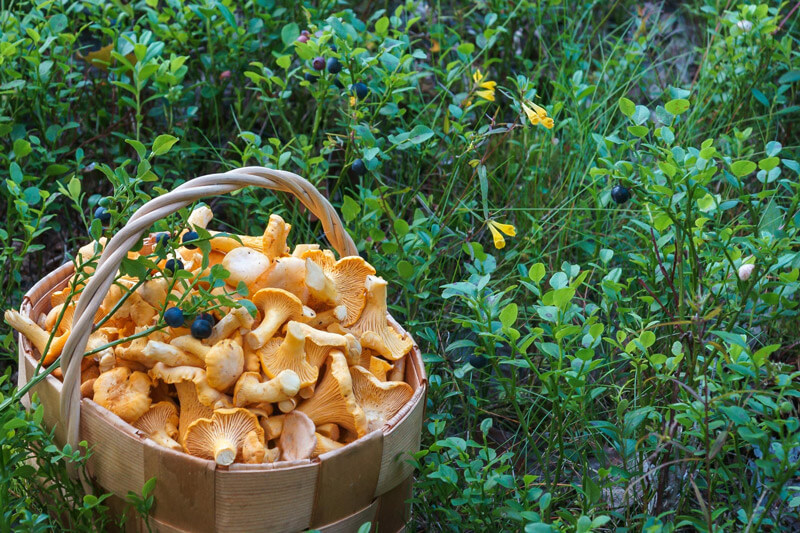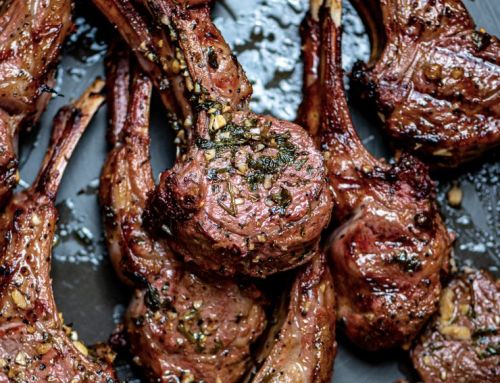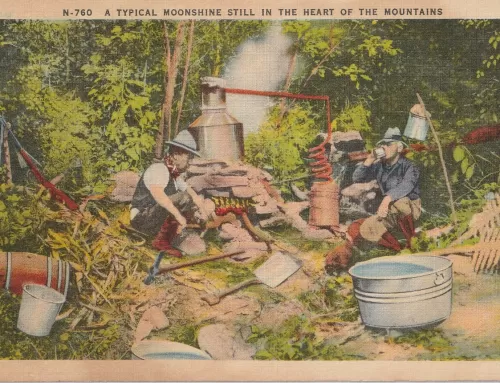Learning the leafy landscape of the Smoky Mountains is a fun activity for the entire family. Embark on a hike to see the vibrant colors of wildflowers, cool off in a hidden waterfall, or explore the ancient forests of Appalachia and you’ll discover nature’s edible bounty hiding in plain sight! Delicious and nutritious food is right there in front of you, and there’s something innately satisfying about finding your own food while you reconnect with nature.
Wildcrafting may seem irrelevant in today’s modern society – like a practice relegated to the past or something only necessary for those living off the grid. But that couldn’t be further from the truth. It is a universal human experience. After the rise of agriculture and more recently, the industrialization of farming, a wildcrafting renaissance has begun to bloom across the country.
What is Wildcrafting?
Wildcrafting is the practice of identifying and harvesting wild plants in their natural habitat and using them for food, medicine, or craft. For our ancient ancestors, nature was the only grocery store, pharmacy, and hardware store available to them.
Ila Hatter, (No follow link) a legendary wildcrafting expert right here in the Smoky Mountains, explains that the term wildcrafting comes from the old English word wildcrofting, which means farming the woods.
“Farming and wildcrafting go hand in hand—before you even have a crop to harvest, you have the crop that Mother Nature planted,” she says. “So, you have food and medicine for your family or to take to market.”
Hatter also says, “One of my favorites is Lamb’s Quarters or wild spinach (which is high in calcium). It can be used in any spinach recipe with no one the wiser. And the same goes for wild violet leaves. It also substitutes well for spinach.”
The practice of wildcrafting in Appalachia has, with the exception of ginseng digging, has become less prevalent over the years. However, it is seeing a resurgence as the popularity of herbal medicine and wild food grows.
Beyond the practicality of food being right at our fingertips, wildcrafting is also a matter of reclaiming the sacred knowledge of plant wisdom and reconnecting with our natural world and our past on a deeper level.
History of Wildcrafting in the Smoky Mountains
The Smoky Mountains are home to some of the most diverse forests in the world. In fact, it has been suggested that a large percentage of the pharmaceuticals that make up our modern pharmacopeia were originally derived from plant species native to and exported out of Appalachia.
Hatter believes that hundreds of years ago, local groups of Native American tribes, like the Cherokee, Shoshone and Catawba, shared information about the wild with each other. And when the settlers came, she explains how it was a sharing between cultures. “When European settlers came to Appalachia, they had herbal knowledge from Europe, and they knew a few remedies. But they added 250 or more from the knowledge they gained from Native Americans.”
Common Edible Plants Found in the Smoky Mountains
Edible Wild Dandelions

Every single part of the dandelion is edible. If you’re using it in a salad or stir-fry, pick the youngest, greenest leaves, usually in the center of a bunch. Don’t add too many. Otherwise, your lunch will have a bitter taste. Throw in the blossoms for a pop of color and crunch. Dandelions are also a medicinal plant – great for the liver. And the roots can be chewed on or brewed into a strong drink.
Chickweed
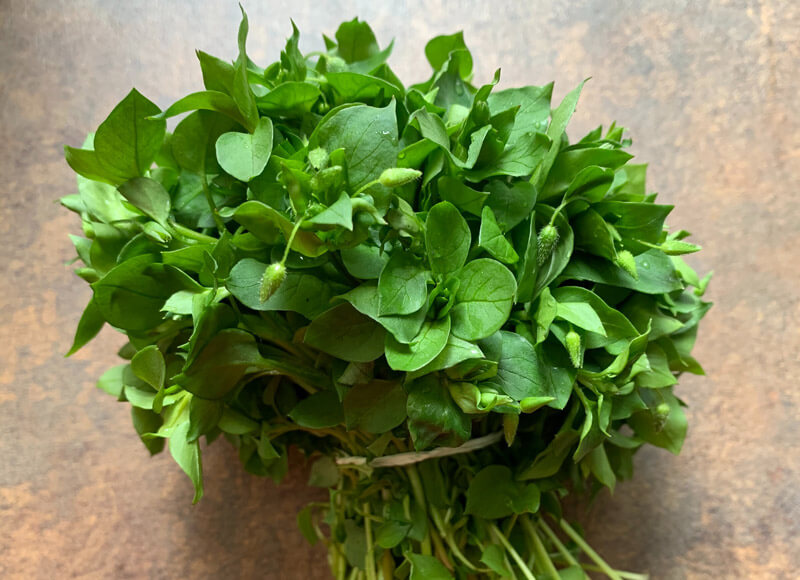
Chickweed might just be the tastiest and tenderest of all edible plants in North Carolina. It tastes a lot like spinach. So, it’s great to use as the base for a salad, or you can stew it and eat it on its own. Chickweed thrives in cooler weather, so keep an eye out for it in the spring and fall. The best time to enjoy this edible plant is when the flowers are in full bloom.
Redbud

The blooms of the redbud taste like snow peas and add a delicious flavor to any stir-fry dish or salad. They also contain large amounts of vitamin C, and their bright color adds a gorgeous visual presentation to any dish.
Wild Onions (Scallions)

Scallions have round, almost hollow tube-like stems and grow either in clusters or as single shoots. The bulby root and the green stalks are both edible. And if you happen to have a little olive oil with you, mix it with some wild garlic and mushrooms, and you’ve got a tasty dinner!
Wild Violets
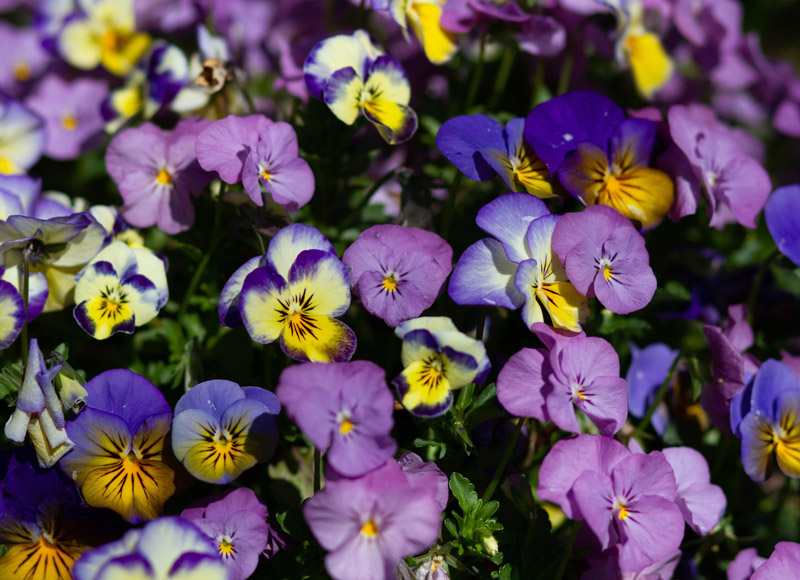
Wild violets can generally be found in shaded areas. Their leaves have a gentle and mild flavor that is great for balancing out sharper tastes of other greens. And the edible blooms make a beautiful addition to any salad.
Oyster Mushrooms
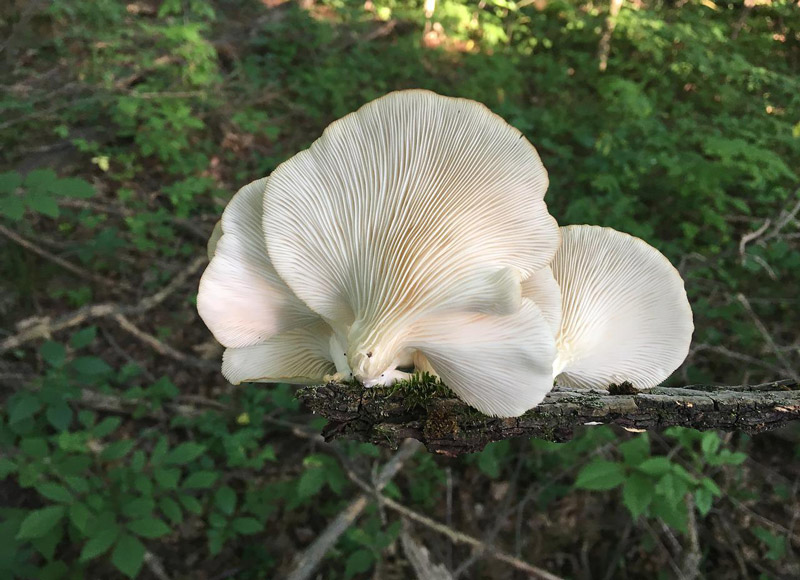
These nutritious gems, with their floppy, oyster-like appearance, are loaded with fiber, vitamins, minerals, and other important nutrients. They’re found all along the Appalachian Trail and are the perfect addition to your garlic and onion stir-fry. You’ll most commonly spot them on logs or tree trunks, so keep an eye out!
Responsible Wildcrafting
In the world of wildcrafting, it is crucial to be a good steward of nature. Three general rules of responsible and ethical wildcrafting are:
- Identification: Double (or even triple) check that you have the right plant. This is for your safety as well as making sure you don’t disrupt or harm any vulnerable or endangered plants.
- Location: Make sure you have permission to be on the land where you’re wildcrafting. And be aware of the area where you’re gathering. Be careful not to take more than you need or more than the ecological system can sustain. Collect only a small amount of any plant from one area.
- Follow the Cherokee Rule of 4:
- Leave one plant so it seeds for another harvest.
- Leave some for the animals and insects.
- Leave one for your brother.
- Gather some for yourself.
PLEASE NOTE:
This article is for education and entertainment purposes only. Please consult an expert when wildcrafting. Be sure to confirm the identity and health effects of any and all plants before eating them. Never eat anything that you are not 100% sure about. Some edible plants must be cooked before eating. Some parts of plants are edible, while another part of the same plant may be poisonous. Do not experiment if you are not completely sure about what you are eating. Do your research beforehand and always ask an expert.
Learn more about wildcrafting in the Smoky Mountains on this episode of the Gateway to the Smokies Podcast. Host, Joseph McElroy, talks with legendary wildcrafting expert, renowned author, filmmaker, instructor and tour guide for the GSM National Park’s elite GSM Field School educational programs, Ila Hatter.

